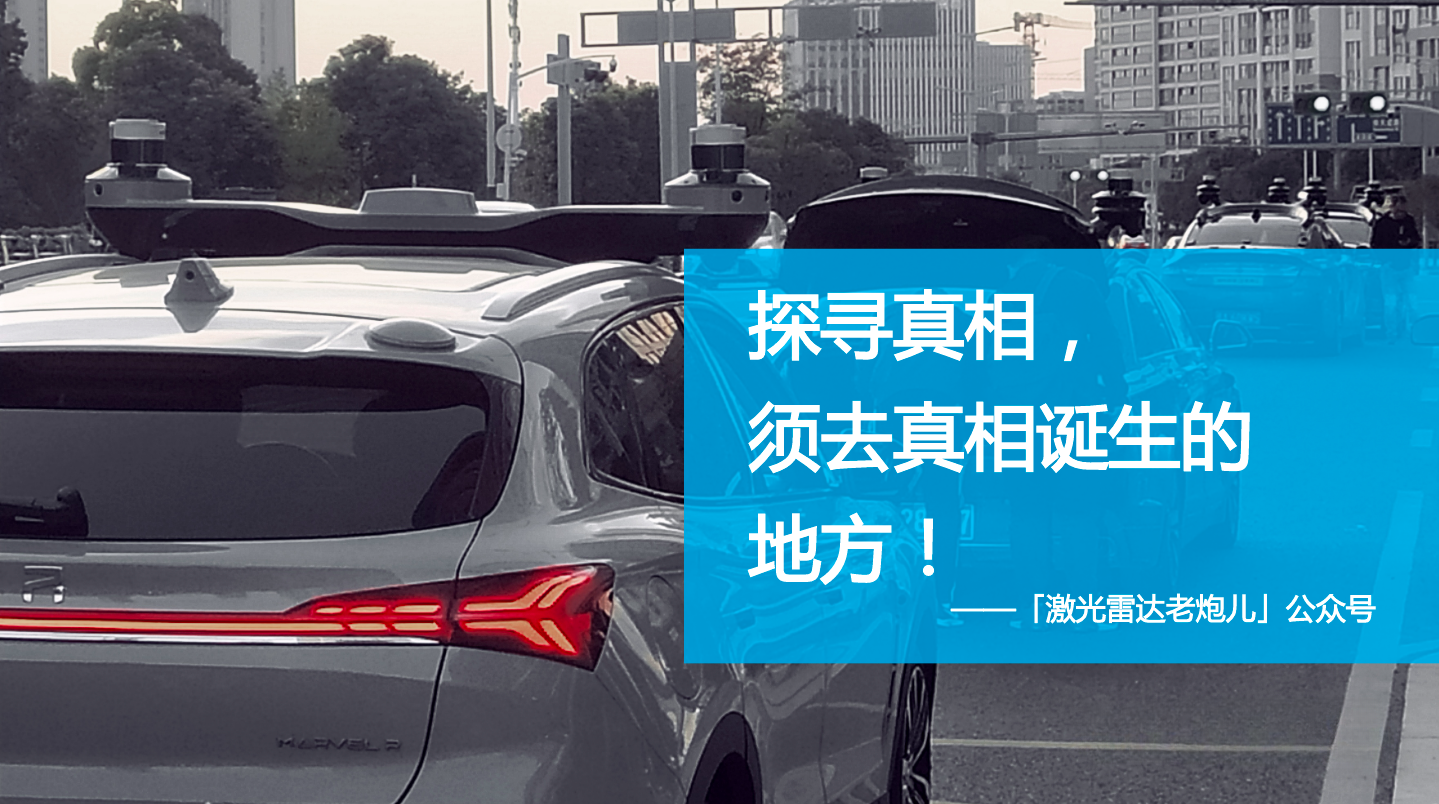Author: Alan
The latest news on February 23rd. Luminar, a manufacturer of LiDAR sensors, announced on Wednesday that Mercedes-Benz will integrate Luminar’s sensors and software into the next generation of cars from the middle of this decade onwards. This is a major expansion based on the transaction announced in January 2022, and Luminar has not disclosed the expected output, but the company stated that the transaction amount has increased by billions of dollars. After the announcement, Luminar’s stock price soared nearly 30%, closing at $7.4.
_20230224180235.png)
According to the expanded agreement, Mercedes-Benz will integrate Luminar’s next-generation Iris LiDAR into its upcoming partially autonomous driving system, which will be equipped on many Mercedes models in the future. Mercedes’ new system will allow drivers to drive at speeds up to 130 km/h (81 mph) on highways without manual operation and provide enhanced driving assistance functions in urban environments.
However, just in the recent two days, Tesla, who has been insisting on the “pure vision” technology route, was rumored to have revived the 4D millimeter-wave radar. Some people proposed whether this indicates that multi-sensor fusion is the future and whether Tesla is about to change direction. My opinion is: don’t draw conclusions easily until it’s finalized. Because on the issue of sensor selection, Tesla seems to be quite oscillating:
As early as May 2021, Tesla began to remove millimeter-wave radars from newly produced Model 3 and Model Y one after another, and information about millimeter-wave radar performance display on the North American official website was taken down.
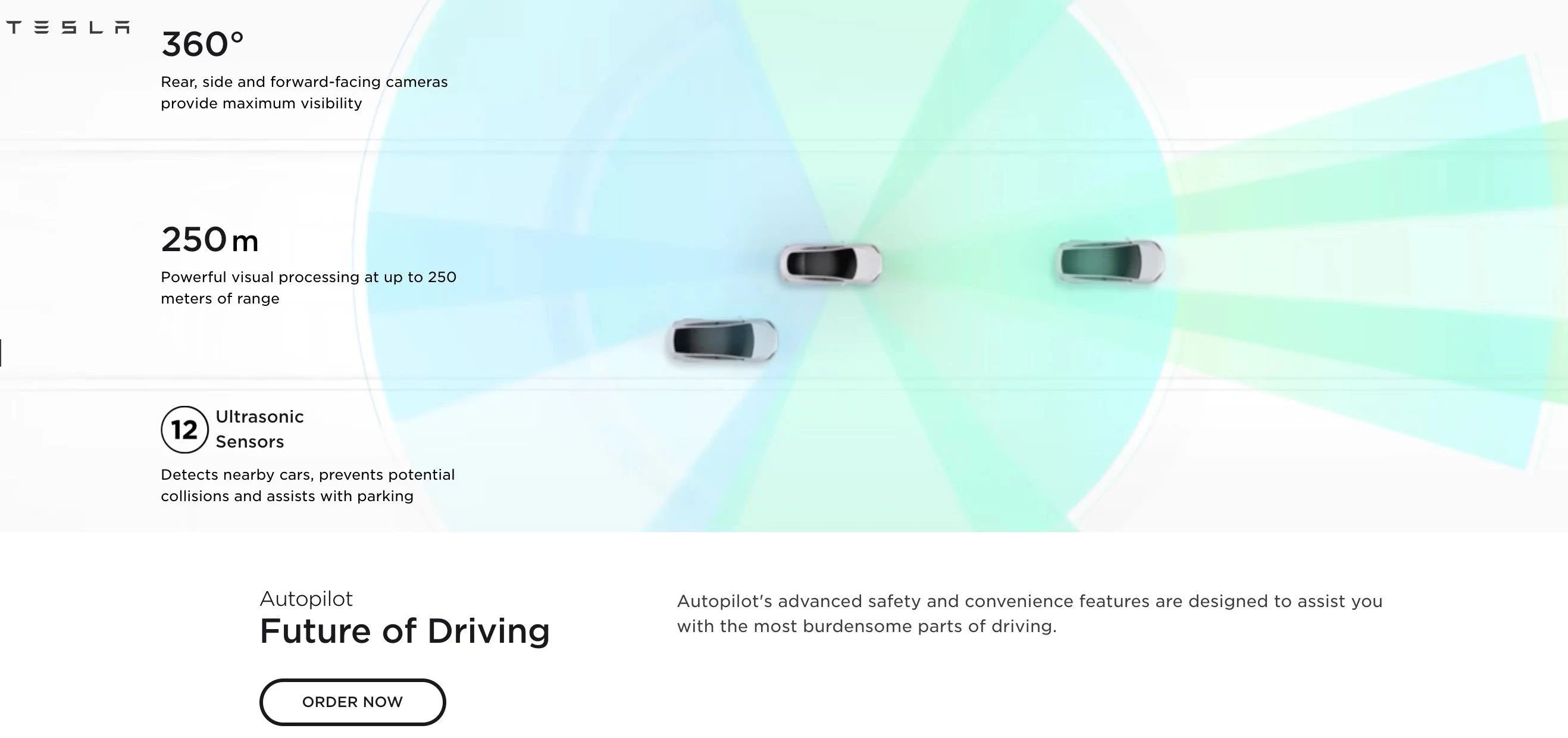
In October last year, Tesla officially announced that from early October 2022, all Model 3 and Model Y manufactured for North America, Europe, and the Middle East will no longer be equipped with ultrasonic radars, but will rely entirely on Tesla Vision to provide Autopilot, FSD and active safety functions. This means that the last radar will be “cut off”.

However, in December of last year, a leaked email emerged online. Tesla had applied for a confidentiality extension with the Federal Communications Commission (FCC) for a device with the model number 1541584. The confidentiality period, which usually lasts for six months, was set to expire on December 7th. It was revealed that this “new device” with model number 1541584 was the new high-resolution radar that Tesla submitted to the FCC in June last year. Learn more: A Purely Vision-Based Approach Hit Roadblocks? Tesla’s New Cars to Use New Radars in January!
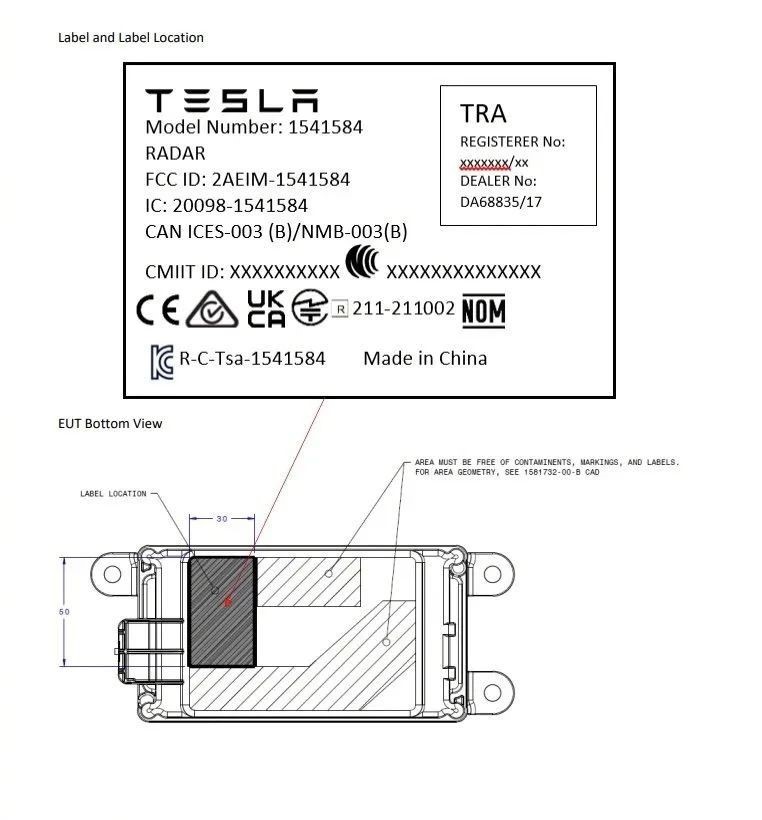
Tesla just announced that it would remove the last radar, and immediately submitted materials for a high-resolution radar. What does this mean? It means that while publicly claiming the superiority of the “pure vision-based approach,” Tesla has not given up on researching new radars privately and quietly, including laser radars. Vehicles equipped with laser radars have also been discovered by foreign netizens:
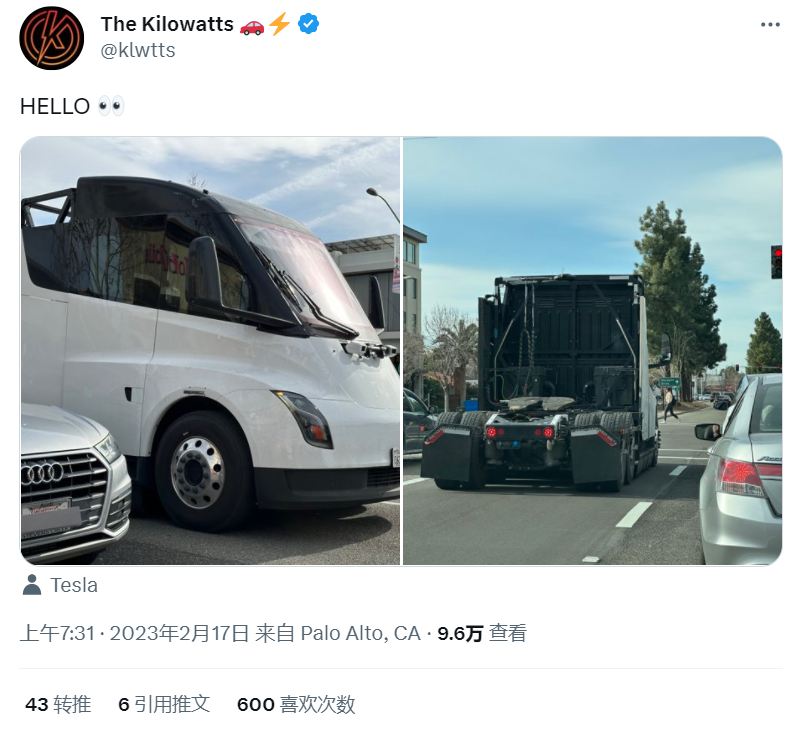
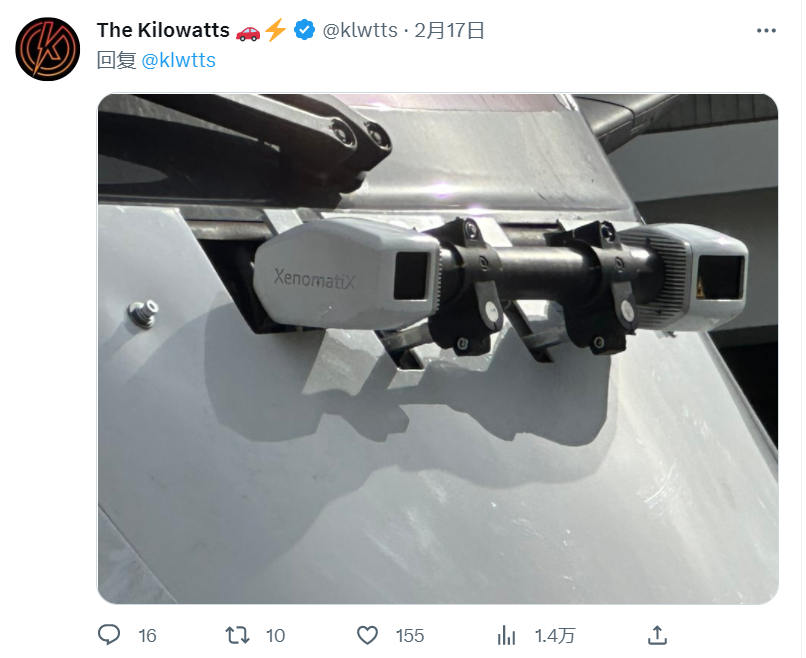
_20230224180939.png)
Tesla’s official response to these test photos is: “We regularly test our own technology with other sensors to calibrate our perception system.”
However, who knows?
The root cause of Tesla’s conflict may be that technology is one aspect, and market competition demand, especially cost control, may be the primary reason that makes Tesla contradictory and entangled: cameras are cheap, but automatic driving cannot be achieved by cameras alone; installing radar increases costs, so we have to use the cheapest one possible while ensuring performance requirements are met.
The market is like a battlefield, with virtual and real, true and false; hearing is false, seeing is believing. Even before the 4D millimeter-wave radar was introduced to Tesla’s vehicles, friends came to ask whether 4D millimeter-wave radar would replace lidar in the future? The author believes that this leap of imagination is somewhat far-fetched.
-
It is suggested to see the actual vehicle with 4D millimeter-wave radar before further discussion. Currently, all the news on the market is “expected” and “possible”, and there is no official confirmation yet. It is not yet clear whether 4D millimeter-wave radar will be used in the long run or as a transitional technology.
-
Domestic lidar manufacturers, including Hesai, have remained calm about this news.
-
The two are essentially different, with their own advantages and disadvantages, complementing each other to ensure safer autonomous driving. Automakers need to consider not only cost but also whether they can solve practical problems, enhance overall competitiveness, and take into account the performance improvement and cost reduction space of each technological route. Therefore, it is still too early to discuss who will replace whom, as both are constantly evolving.
Like airplanes and high-speed trains, which is better and which is worse can never be clearly determined, and it ultimately depends on actual needs. If you want to reach your destination fastest or go to a farther place, then airplanes are naturally the best choice, but correspondingly, you need to bear higher costs; if you want to spend less money and sit comfortably, then high-speed trains are definitely better, but correspondingly, you need to spend more time and your range of activities is limited. In reality, the two are complementary and integrated with each other, and both are evolving towards better directions.
- Although there is a lot of intense debate in the market about “pure vision” versus “multi-sensor fusion with lidar,” automakers and autonomous driving companies seem to have relatively unanimously chosen the lidar route for this issue.“`
_20230224181149.png)
国内车企暂且不说,国外如奔驰、奥迪、宝马、沃尔沃、丰田、本田等一众汽车行业巨头目前也都选用的是激光雷达方案。存在即合理,车企们既然能顶着成本压力上激光雷达,那么自然是经过反复论证、深思熟虑的结果,至少目前来看,激光雷达仍然是实现高阶自动驾驶和 ADAS 的必备传感器。
走什么路线,用什么传感器,想必车企们心里早就有数了。至于谁会取代谁,这可能从来就不是一个问题。
“`
This article is a translation by ChatGPT of a Chinese report from 42HOW. If you have any questions about it, please email bd@42how.com.
